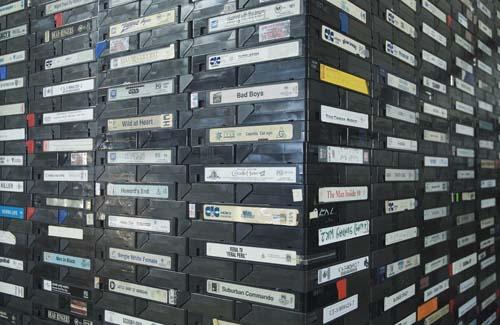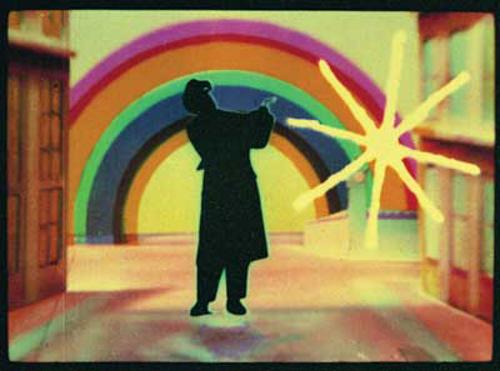Search
You searched for contributors, issues and articles tagged with Dialogue ...
Contributors
Issues
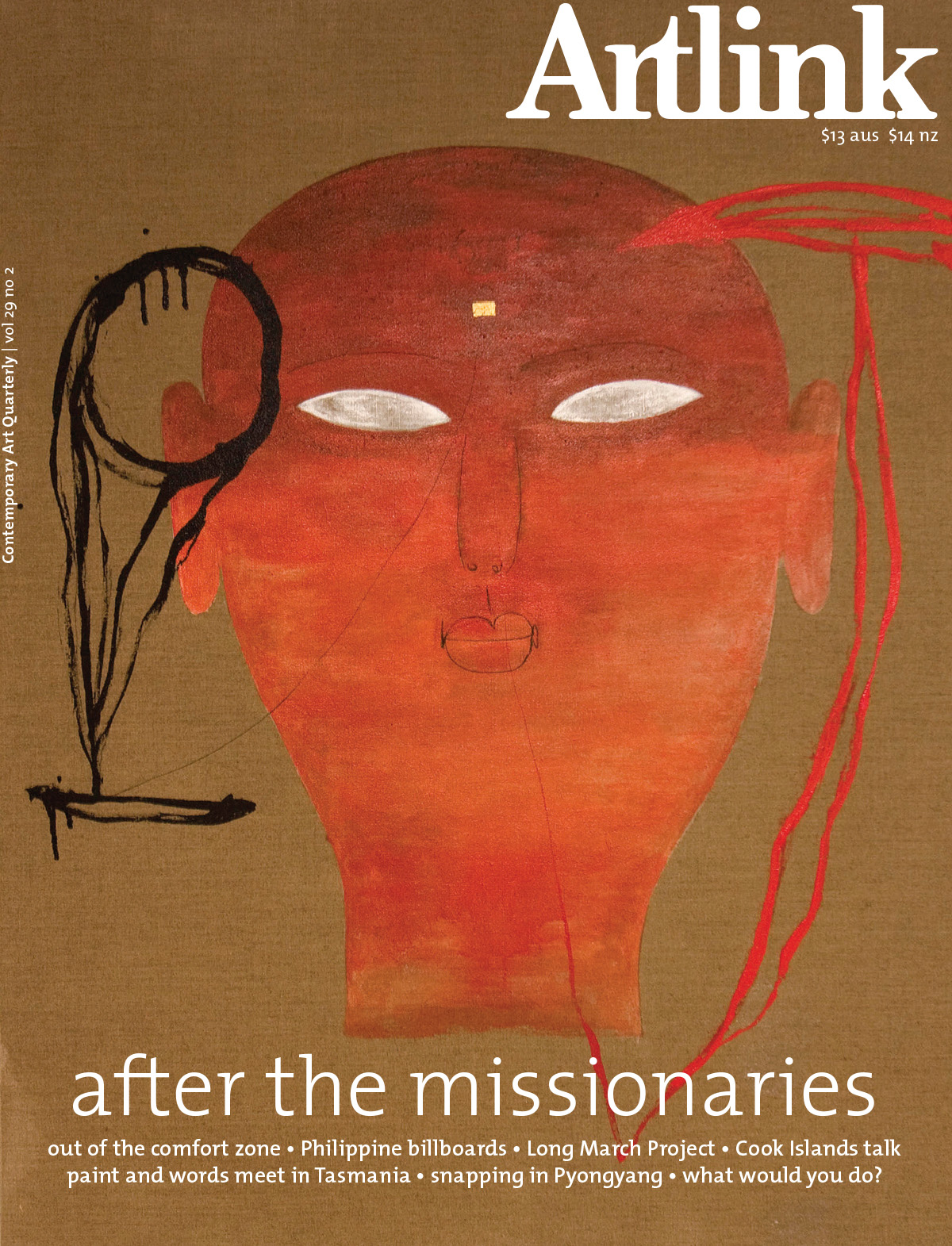
Articles







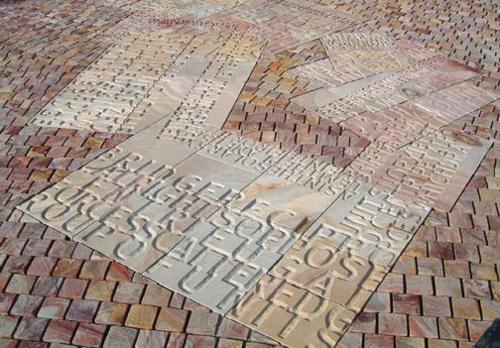

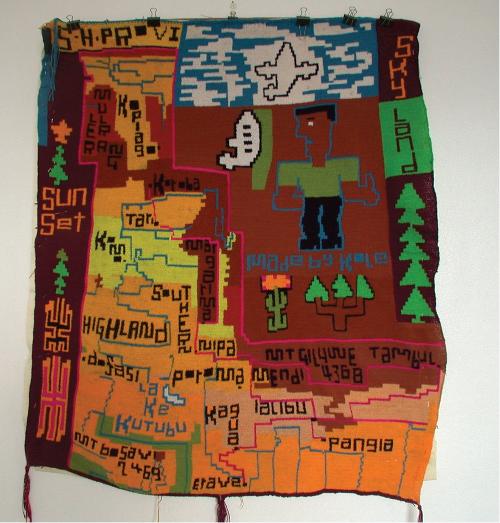

This article explores new territory opened up by a cross-cultural collaboration between Indigenous poet Jim Everett and visual artist Jonathan Kimberley.




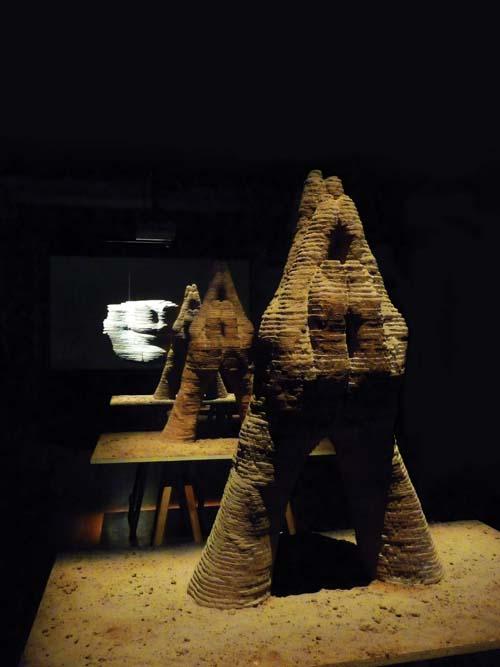


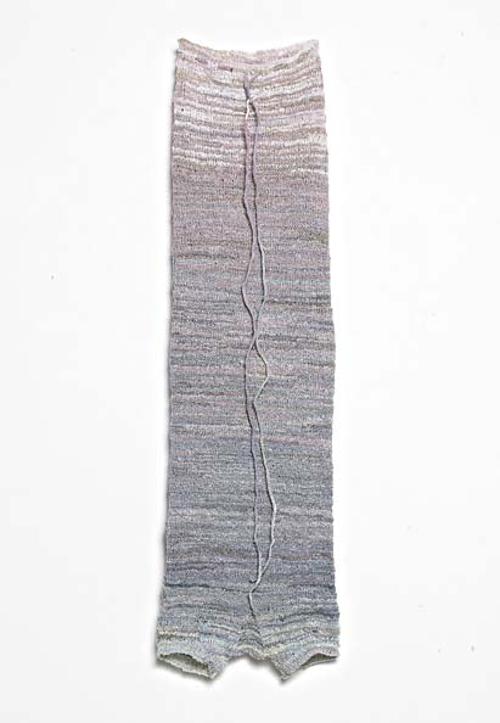










Timothy Morrell provides the reader with a keen description in relation to the role that the art organisation NAVA (National Association for the Visual Arts) has within Australia's government but also the empowerment they claim to provide practicing artists. Morrell also includes some insight towards the rights of the common artworker by presenting some examples as to where they stand within Australian society but also how they operate in co-relation with the governments guidelines and in particular the controversial portrayal of nudity in art. A conclusive article articulating the importance of government organisations such as NAVA, Morrell provides an insightful discussion towards the role of the artist within Australian society but also the co-operation needed from the government to enable a sufficient means of expression from artists.




